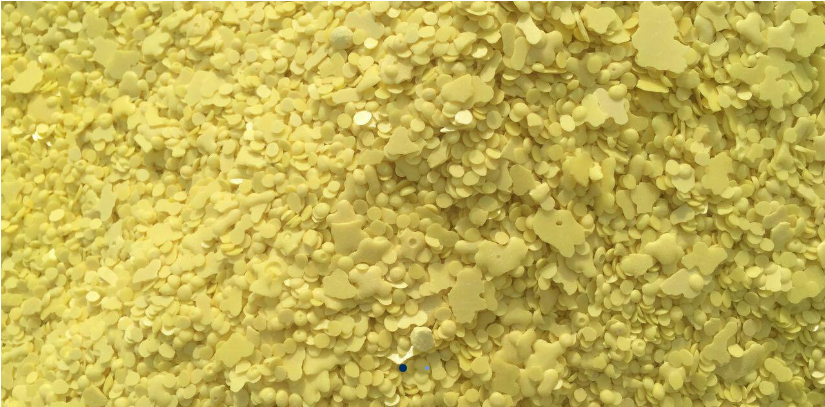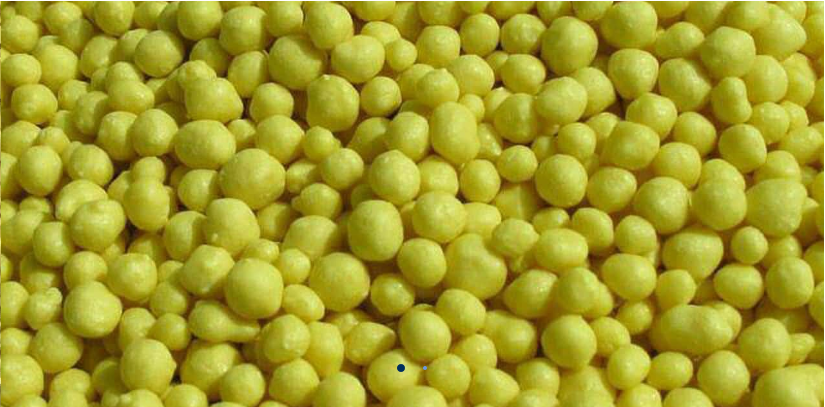Sulfur is one of the most important agricultural and industrial raw materials and is considered a strategic product sulfur is an odorless, tasteless and polyvalent nonmetal which is mostly in the form of yellow crystals and is obtained from sulphide and sulphate. Sulphur occurs naturally in the environment and is the thirteenth most abundant element in the earth’s crust. It can be mined in its elemental form, although this method has declined over the last decade to less than 2% of world production. Today most elemental Sulphur is obtained as a co-product recovered from oil and gas production in sweetening process.
Sulphur is the primary source in the production of sulphuric acid, the world’s most widely used chemical. Sulphuric acid is an essential intermediate in many processes in the chemical and manufacturing industries. Sulphuric acid also is used by the fertilizer industry to manufacture primarily phosphates, nitrogen, potassium, and sulphate fertilizers.
Sulfur reacts directly with methane to give carbon disulfide, used to manufacture cellophane and rayon. One of the direct uses of sulfur is in vulcanization of rubber, were polysulfide chains crosslink organic polymers. Large quantities of sulfites are used to bleach paper and to preserve dried fruit. Many surfactants and detergents (e.g. sodium lauryl sulfate) are sulfate derivatives. Calcium sulfate, gypsum, is mined on the scale of 100 million tons each year for use in Portland cement and fertilizers. Sulphur is increasingly used as a component of fertilizers. Sulfur can be used in agriculture and various industries such as plastics and many synthetic products, paper, paint, etc.
The increasing demand from the fertilizer manufacturing sector, coupled with increasing usage of sulfur for vulcanization of rubber are the main factors driving the growth of the global sulfur industry. Moreover, owing to the fall of crude prices, refineries across the globe are engaging in capacity expansion and other brownfield activities, leading to higher demand for sulfur. The demand for sulfur is also anticipated to be driven by the increasing usage of elemental sulfur as a major ingredient in the vulcanization process implemented to manufacture rubber. However, the enactment of stringent environmental regulations restricting the usage of sulfur and the high costs associated with its mining, are the key factors hindering the sulfur market growth.
The global market is segmented based on end-user applications, including agrochemicals, chemical processing, metal manufacturing, petroleum refining, and others. In 2016, the agrochemical industry occupied the largest share in terms of sulfur consumption. It is expected that the healthy growth of the phosphate fertilizer market will drive the global sulfur market over the forecast year.
Geographically, the market has been segmented into North America, South America, Europe, Asia-Pacific, and Middle East & Africa. Asia-Pacific represents the largest market in terms of consumption and production of sulfur. In the region, China is expected to be one of the largest producers of sulfur and sulfuric acid. Currently, the country imports more than a third of the global sulfur` trade. This group is able to provide sulfur with the highest quality in two kinds of granule and lump.






